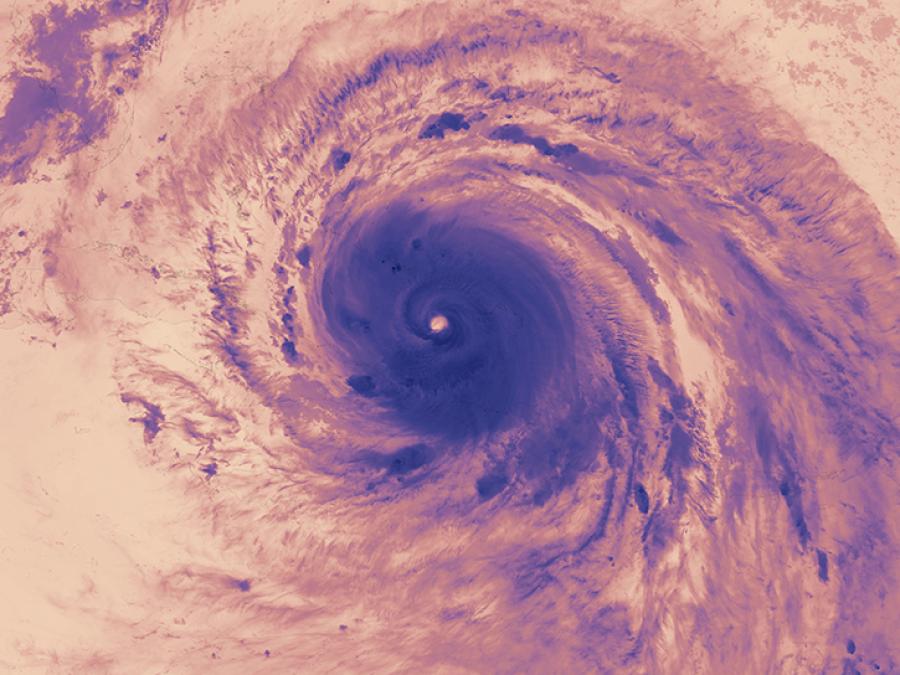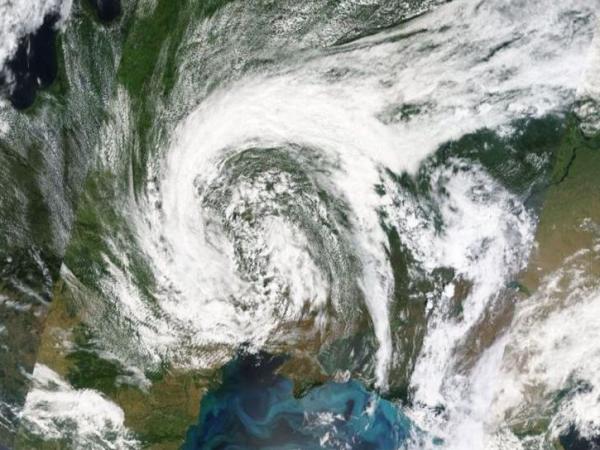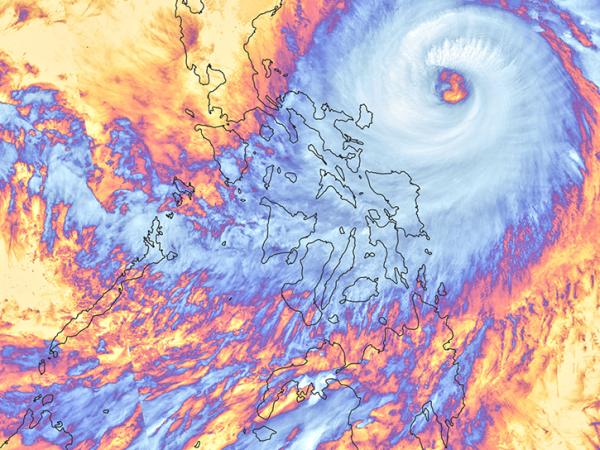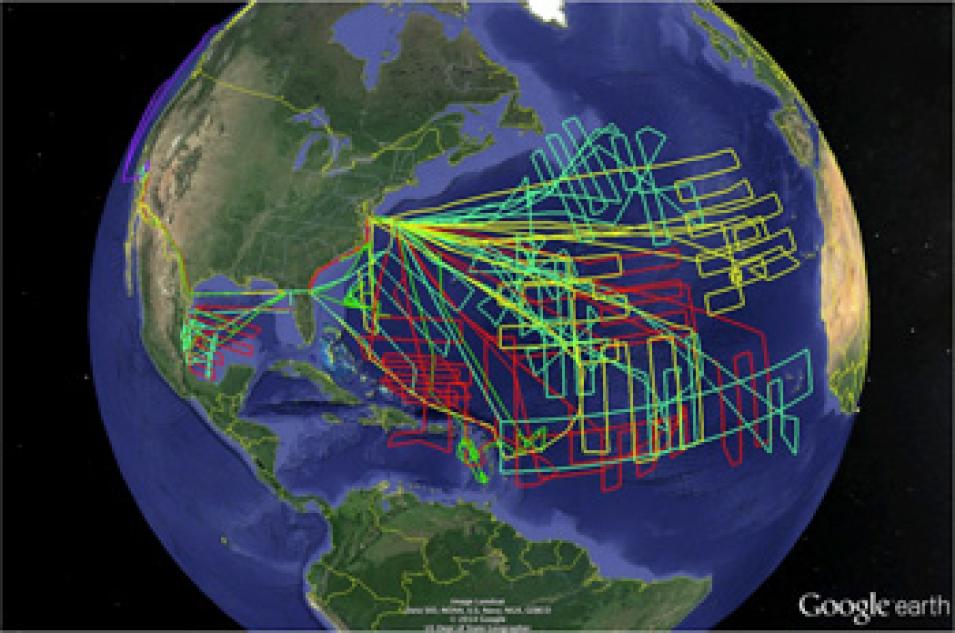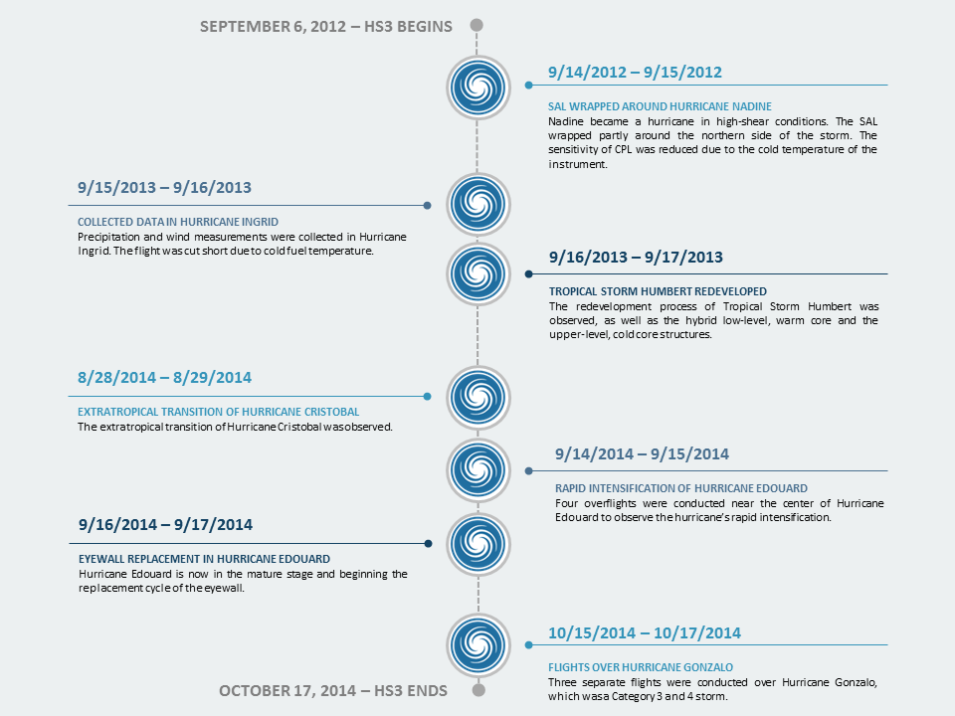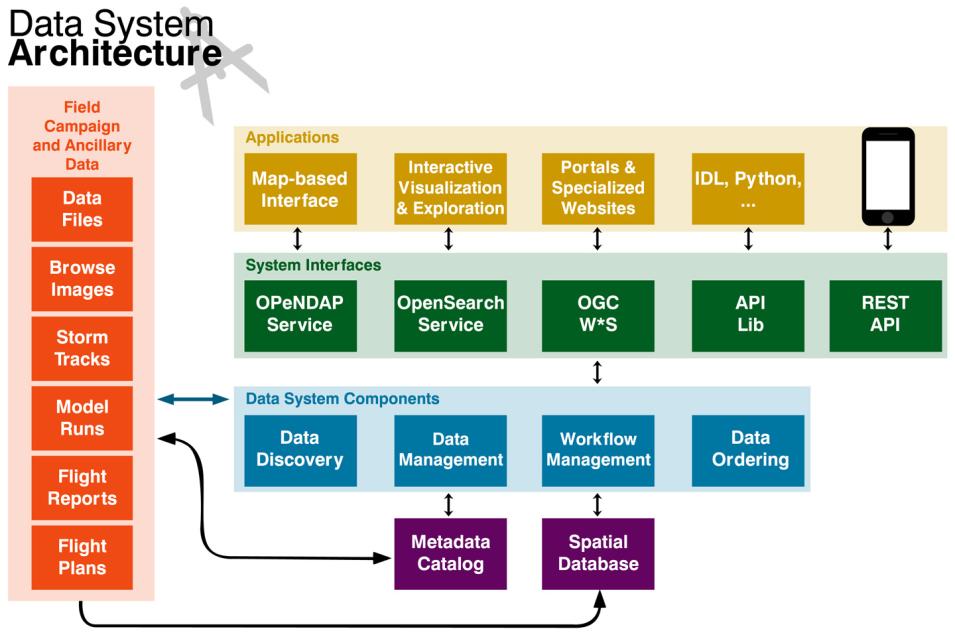- What impact does the Saharan air layer (SAL) have on intensity change?
- How do storms interact with shear produced by large-scale wind systems?
- How does the outflow layer interact with the environment?
- What is the role of deep convective towers (bursts) in intensity change? Are they critical to intensification?
- What changes in storm structure occur prior to and during genesis and rapid intensification?
- How do intrusions of dry air impact intensity change?
The primary objectives included:
- Assessing the relative roles of large-scale environment and storm-scale internal processes
- Addressing the role of the Saharan Air Layer (SAL) in tropical storm formation and intensification
- Assessing the roll of deep convection in the inner-core region of storms
